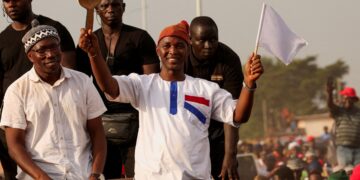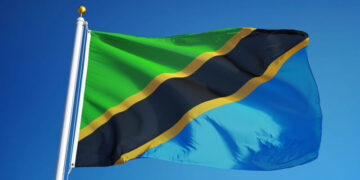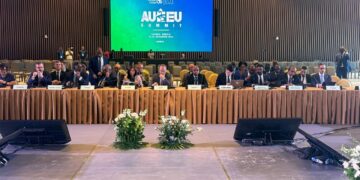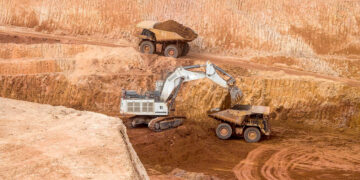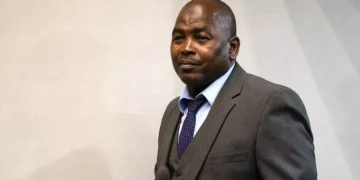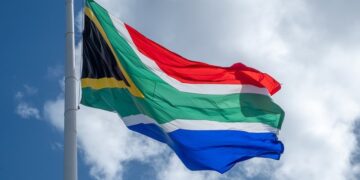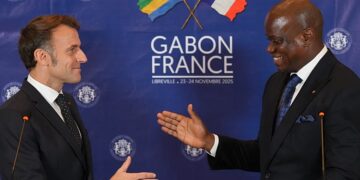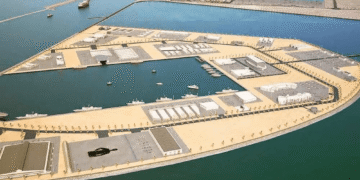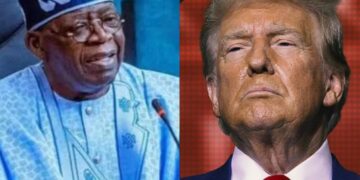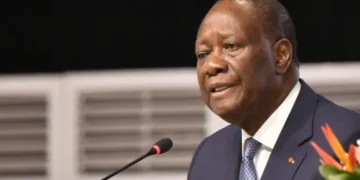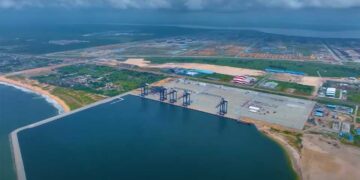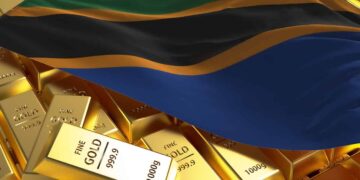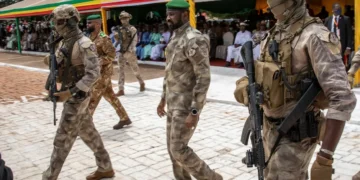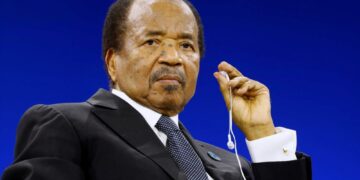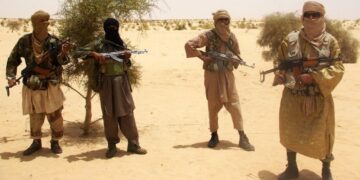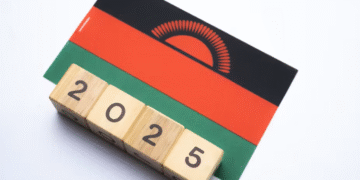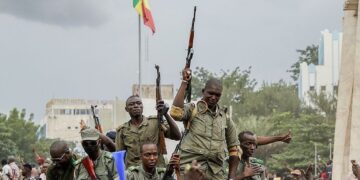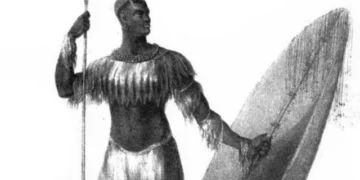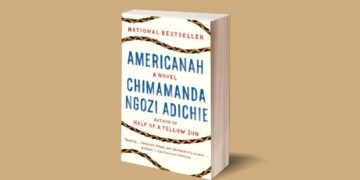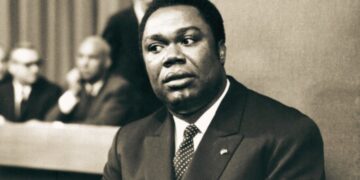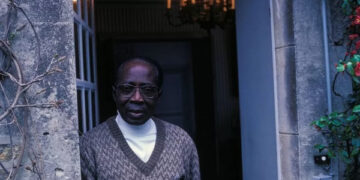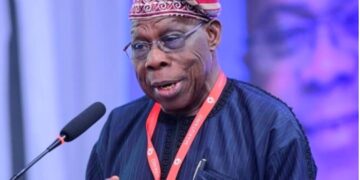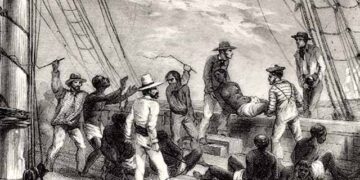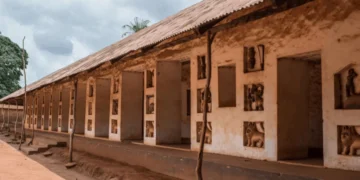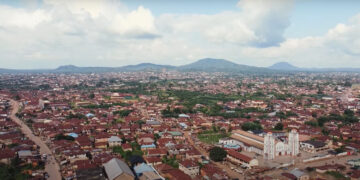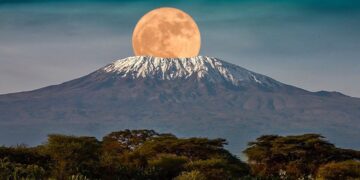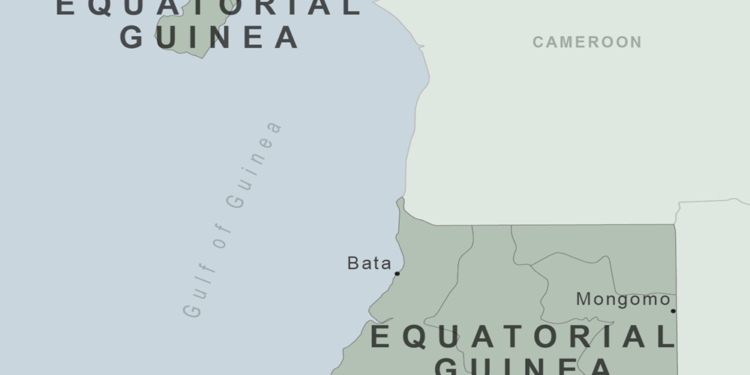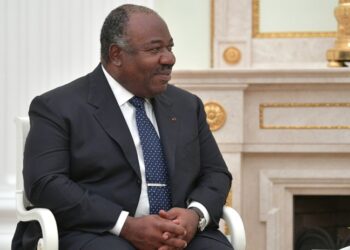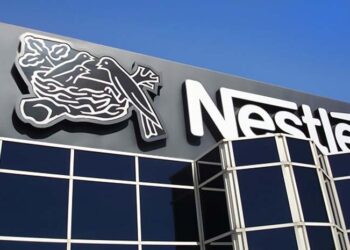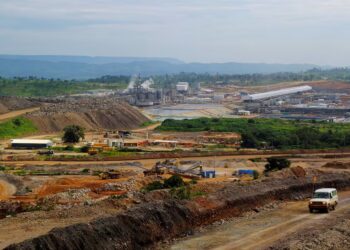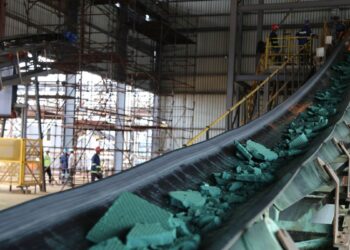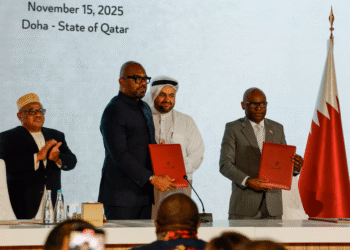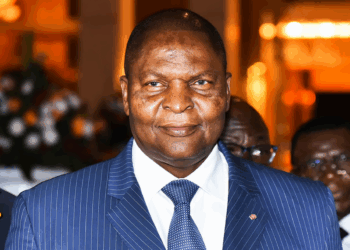Equatorial Guinea is a country located in west coast of Central Africa, bordering Cameroon and Gabon. Bata is the administrative capital of the mainland. Formerly a colony of Spain with the name Spanish Guinea, the country achieved its independence on October 12, 1968. The capital is Malabo, on Bioko. Equatorial Guinea consists of Río Muni on continental Africa (also known as Continental Equatorial Guinea) and five islands (known collectively as insular Equatorial Guinea).
With a land size of 28,000 square kilometers, Equatorial Guinea is the smallest country in Africa and the smallest member of the UN. Religion: Mainly Christian on the islands, but traditional African religions are practiced in Rio Muni.
Before colonisation, Bantu tribes came to mainland Equatorial Guinea during the 12th century from other West and Central Africa areas. The Bantu tribe of the Bubi are assumed to have fled to Bioko to escape the Fang, who are thought to have become the dominant ethnic group during the 17th century.
Portugal initially colonised the islands of Annobon and Fernando Po (now Bioko) before ceding them and parts of the mainland to Spain in exchange for regions in Latin America. As such, Bioko became an important base for the slave trade. While the Spanish settled in Río Muni on mainland Equatorial Guinea in 1844, then renamed the colony the Western African Territories in 1904 before renaming it Spanish Guinea.
In 1968, Spanish Guinea gained independence and became the Republic of Equatorial Guinea with Francisco Macias Nguema as president. The flag of Equatorial Guinea is made up of horizontal stripes of green, white and red, with a blue triangle on the left and the national coat of arms in the centre. The blue stands for the sea, while green stands for vegetation, white for peace, and red for the blood shed during the liberation struggle.
The coat of arms includes a silk-cotton tree (also known as the god tree), the motto of the country in Spanish– “Unity, peace, justice” – and six golden stars for the five main islands and the mainland.
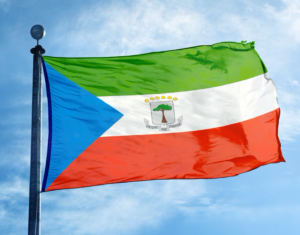
Equatorial Guinea, regarded as one of the richest nations in Africa, has huge mineral and oil reserves. US oil corporations found large resources off the coast of Equatorial Guinea in the mid-1990s. Since then, the extraction and sale of crude oil have brought in billions of dollars. Also, after striking oil in 1995, Equatorial Guinea has become one of sub-Sahara Africa’s biggest oil producers. Crude oil and petroleum gas exports account for nearly 90% of Equatorial Guinea’s total exports.
According to some reports, Equatorial Guinea has a gross domestic product (GDP) of $31.769 billion (adjusted for purchasing power parity). And when compared to the population size, the country has a GDP per capita, adjusted for purchasing power parity, of $38,699.
Despite the name’s prevalence, it is unclear where the name Guinea originates. Some trace it to a word in Tuareg, aginaw. Others think it once referred to Djenné, a trading city in Mali. In the 15th century, Portuguese sailors used “Guiné” to describe what is now Senegal, and by the 18th century, Europeans used “Guinea” to refer to much of West Africa.
Unusually, the current capital city of Malabo is located on the island of Bioko. Bioko is located 160km (100 miles) northwest of continental Equatorial Guinea. A new capital city called Cuidad de la Paz (formerly known as Oyala) is currently being constructed on the mainland near Djibloho.
In a palace coup in 1979, Teodoro Obiang Nguema Mbasogo overthrew Macias. In 1991, a new constitution was ratified to officially welcome multi-party politics. In 2017, President Teodoro Obiang officially moved Equatorial Guinea’s government to the unfinished Cuidad de la Paz (Oyala). Malabo is named after Malabo Lopelo Melaka (1837–1937), the last king of the Bubi, the ethnic group indigenous to the island of Bioko. The name of the new capital, Cuidad de la Paz, translates to “City of Peace” in Spanish.
The tiny village of Ureca in Equatorial Guinea is the wettest place in Africa and one of the wettest in the world, receiving up to 10,450mm (411 inches) of rain per year.
Equatorial Guinea is named for the Guinea region of West Africa that lies along the Gulf of Guinea and stretches north to the Sahel. The “equatorial” part refers to the country’s position just north of the Equator. There are four countries in the world with the word Guinea in their name: Equatorial Guinea, Guinea and Guinea-Bissau in Africa, and Papua New Guinea in Oceania and Asia.
Equatorial Guinea is Africa’s only Spanish-speaking country. In sub-Saharan Africa, Equatorial Guinea has the highest adult literacy rate. The 1.4 million population country has an average literacy rate of 95%, according to UNESCO.
The government of Equatorial Guinea feels that Malabo, the capital city situated outside the country’s mainland (located in the Bioko Norte province on the island of Bioko, just 25 miles from the coast of Cameroon), is not the most convenient. As a result, Ciudad de la Paz, the nation’s new capital, is being built on the mainland to replace Malabo. Though still under construction, Ciudad de la Paz was originally scheduled for unveiling in 2020. It is situated deep within the jungle, and the location was selected because of its convenience and temperate environment.


